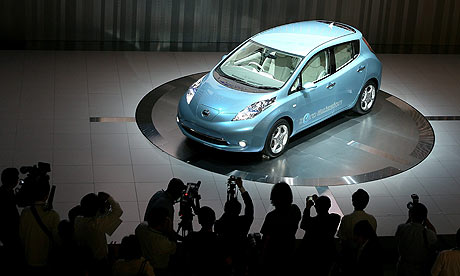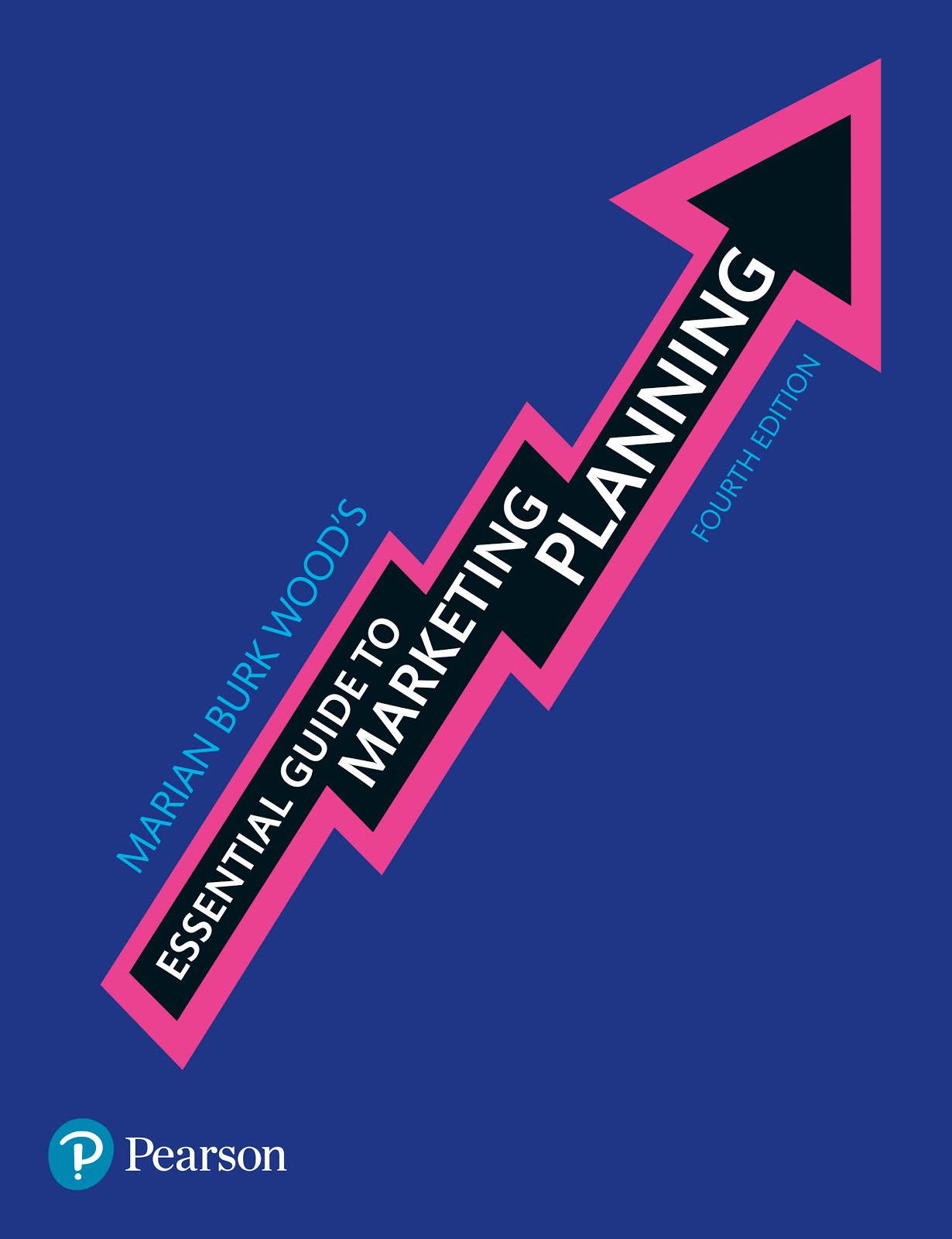 McDonald's UK knows that students often need to research companies for class projects--why shouldn't it be a McD project? The company has special web pages for students and instructors, with downloadable information packs about customer service, marketing, financials, franchising and entrepreneurship, stock control, recruitment and work experience.
McDonald's UK knows that students often need to research companies for class projects--why shouldn't it be a McD project? The company has special web pages for students and instructors, with downloadable information packs about customer service, marketing, financials, franchising and entrepreneurship, stock control, recruitment and work experience.The info packs have a surprising amount of detail. In the 'Finance at McDonald's' info pack, for example, is an illustration of how to calculate ROI. The pack also mentions McD's long-term ROI targets for new restaurants and restaurant renovations.
The 'Marketing at McDonald's' info pack is a mini-tutorial on marketing, including a brief glossary defining benefits, brand, market research, marketing mix and other terms. I was particularly interested in the mini-SWOT analysis (see below). I'd say that providing good material for school projects is an example of how McD's keeps its brand strong and relevant.
- Strengths: The brand, and detailed market research to create the right marketing mix.
- Weaknesses: McDonald's has been around for a long time (therefore important to keep innovating).
- Opportunities: Increasing numbers of customers looking for food that is served in a quick and friendly way.
- Threats: New competitors. Changing customer lifestyles.





